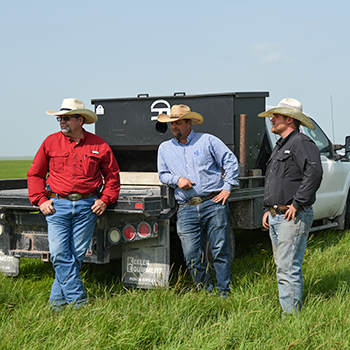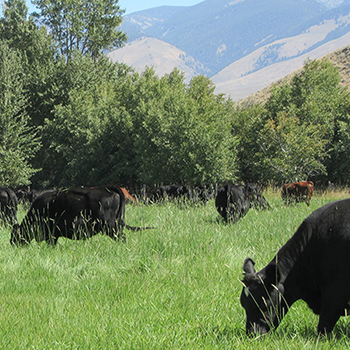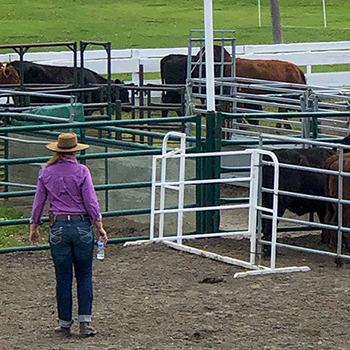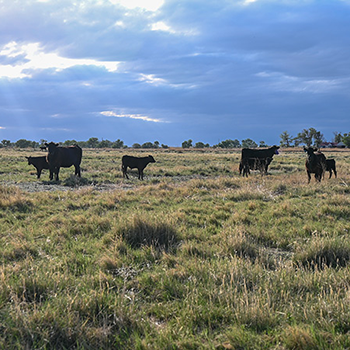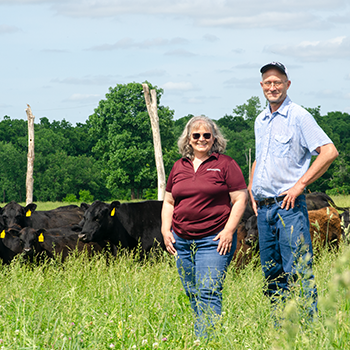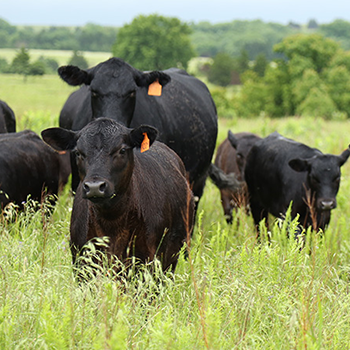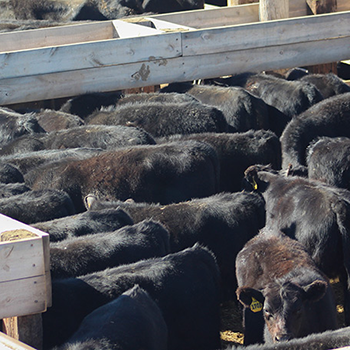
Listen to an audio version of the 09-07-22 Health & Nutrition articles
BRD Battle Plan: Provide Powerful Protection on All Fronts
Fighting BRD requires a multifaceted approach.
The fight against bovine respiratory disease (BRD) is a never-ending battle on a beef operation. It’s frustrating, costly and the causes can be extremely hard to understand.
“Producers often ask why certain groups of calves succumb to BRD, while other groups do very well,” says Joe Gillespie, technical veterinarian with Boehringer Ingelheim. “Other producers will wonder why they recently started having issues with BRD, when their vaccination and management strategies have stayed the same.”
While some practices may help to prevent infection, there is no single action that can prevent disease 100% of the time. Many variables affect disease risk, and controlling BRD requires a multifaceted approach. An effective BRD battle plan includes three key tenets: building immunity, mitigating risk and managing infections.
1: Build immunity
“When calves are born, they enter the world lacking any real immunity to disease,” explains Gillespie. “To build up the defenses they need, calves are dependent on colostrum from their mothers. This antibody-rich colostrum will provide calves with passive immunity that can help to protect them from disease-causing organisms.”
The instant a calf is born, a clock begins ticking on its colostrum intake that can have lasting effects on its health and productivity. Ideally, calves should ingest adequate amounts of high-quality colostrum within four hours of birth.
As passive immunity from colostrum wanes, vaccines are needed to stimulate the calf’s immune system to start producing its own antibodies against specific disease-causing agents.
Antibodies absorbed from colostrum can interfere with the development of immunity from modified-live virus (MLV) vaccines for several months after birth, so it’s important to administer an MLV vaccine proven to stimulate immunity in calves even in the presence of colostral antibodies.
“When it comes to BRD, there are two types of active immunity we would think about jump-starting,” notes Gillespie. “If possible, choose a vaccine that stimulates both local and systemic immunity. If you have questions about choosing the right vaccine, your herd veterinarian can help you determine a protocol that best fits the needs of your operation.”
2. Mitigate risk
Quality colostrum and vaccination can get animals off to a great start, but even in a vaccinated animal, disease challenge can overwhelm the immune system.
“Many factors, such as adverse weather, weaning and commingling can increase risk and open the door for viruses and bacteria to invade the respiratory tract,” explains Gillespie. “This means we must be diligent and proactive in order to protect calves.”
Although some level of stress may be unavoidable, there are many factors producers do have control over. By implementing a few key management practices, you can do your part to reduce risk, mitigate stress and prevent disease. Consider the following:
- Minimize commingling of animals from different sources. If unavoidable, use a preconditioning program.
- Consider metaphylaxis, or a group antibiotic treatment, for at-risk animals or any cattle with unknown health histories.
- Work with a veterinarian to implement a deworming protocol for parasite protection.
- Screen incoming calves for bovine viral diarrhea virus (BVDV), and remove persistently infected calves from the herd.
- Shield cattle from harsh weather conditions.
- Avoid overcrowding to minimize the transmission of respiratory pathogens.
- Practice low-stress handling to ensure the moving process goes smoothly for both producers and the cattle. Low-stress handling techniques include presenting a calm disposition, avoiding loud noises, reducing the use of cattle prods, and removing visual distractions.
- Ensure cows are well-fed with a properly balanced and highly nutritious diet. This is necessary for healthy immune function and proper growth.
3. Manage infection
Even with the best vaccines and management practices, BRD can strike and infections can occur. Some animals will require an antimicrobial to help them fight the disease. Administering the treatment right away is essential. Gillespie recommends consulting your veterinarian to develop a set of standard operating procedures for this occasion.
“Every producer should take the time to outline a consistent treatment protocol for their operation,” suggests Gillespie. “Early diagnosis is critical when it comes to preventing long-term damage. All employees should be trained to identify the signs of BRD, and any sick animals should be isolated from the rest of the herd.”
Aside from daily health assessments done by employees, it may be worth your while to use veterinary diagnostic testing. This could include a nasal swab, blood test, thoracic ultrasound or even a necropsy. These diagnostic tests can identify the specific BRD-causing pathogen and help inform your product decision.
If possible, use an antibiotic known to treat all major BRD-causing pathogens, including Mannheimia haemolytica, Pasteurella multocida, Histophilus somni and Mycoplasma bovis. An effective treatment should provide calves with a rapid response to minimize lung damage. Look for an antimicrobial that is fast-acting and long-lasting to give them the best chance of recovery.
“BRD is the costliest cause of sickness and death in the beef-finishing industry, and implementing a holistic approach to battling the disease could help to provide the protection producers are looking for,” concludes Gillespie. “With the right products, proper management strategies and an effective treatment plan, producers can put their cattle on track for lifelong productivity and well-being.”
Editor’s note: This article is provided by Boehringer Ingelheim. Tune in to the Sept. 14 Angus at Work episode for more insight into armoring up against BRD.
